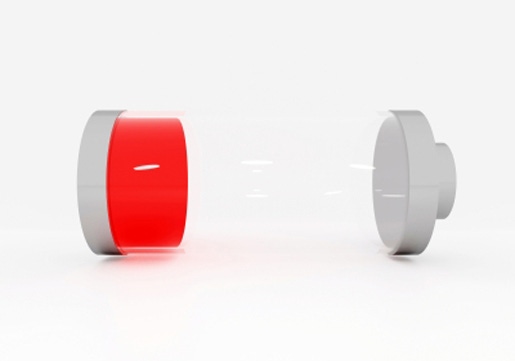Device designers must balance several factors in selecting the best battery for their specific device design.
June 21, 2017

Device designers must balance several factors in selecting the best battery for their specific device design.
Steve Risser
There has been an incredible surge in the number and types of wearable medical devices being introduced to the market, ranging from simple sensors and monitors to complex insulin pumps and neural stimulation devices.
As the number and type of wearable devices continues to grow, there will be increasing market pressure to make these devices smaller, lighter, longer-lasting, and less obtrusive. In most devices, this means that great care must be taken in selecting the proper battery for the device. However, the diversity of wearable device types means there is also a wide range in device power and energy needs. No single battery technology exists that will be best suited for every wearable device. Instead, device designers must balance several factors in selecting the best battery for their specific device design.
The most critical factor for device designer consideration is the total amount of energy the battery must provide over the device's lifetime, in addition to the energy needed for a single device use case. Combining the energy need with the maximum power required informs the designer whether a primary (non-rechargeable) or secondary (rechargeable) battery is required.
Once the energy and power needs are known, designers can then start integrating other requirements associated with the desired form factor for the battery. In recent years, the number of form factors available to device designers has grown dramatically. No longer are the only options either a cylindrical or a coin cell. Instead, designers can choose a battery from an array of options including those curved to a specific radius of curvature, on a flexible substrate, in the shape of a cable, or a printed battery thinner than 1mm, and the list goes on.
With these considerations in hand, designers can finally start the process of selecting the best battery for their wearable medical device. Although many people assume a lithium ion battery is the best choice, there are several other types of batteries available, including silver-zinc and zinc-manganese oxide batteries. These options can present unique advantages, such as rapidity of discharge, performance at very low power, self-discharge, shelf lifetime, safety, or number of recharge cycles. Each of these battery types is available in several form factors.
In the end, there likely will not be a single battery that meets every device requirement, but there are increasing options beyond traditional lithium ion coin cells or cylindrical batteries that can meet most requirements. This means designers are no longer restricted to designing the device around the battery; the design space has the flexibility to incorporate market and user-focused preferences.
Steve Risser is a research leader at Battelle and has been recognized as Battelle's Inventor of the Year.
[Image courtesy of SUMETHO/FREEDIGITALPHOTOS.NET]
You May Also Like


